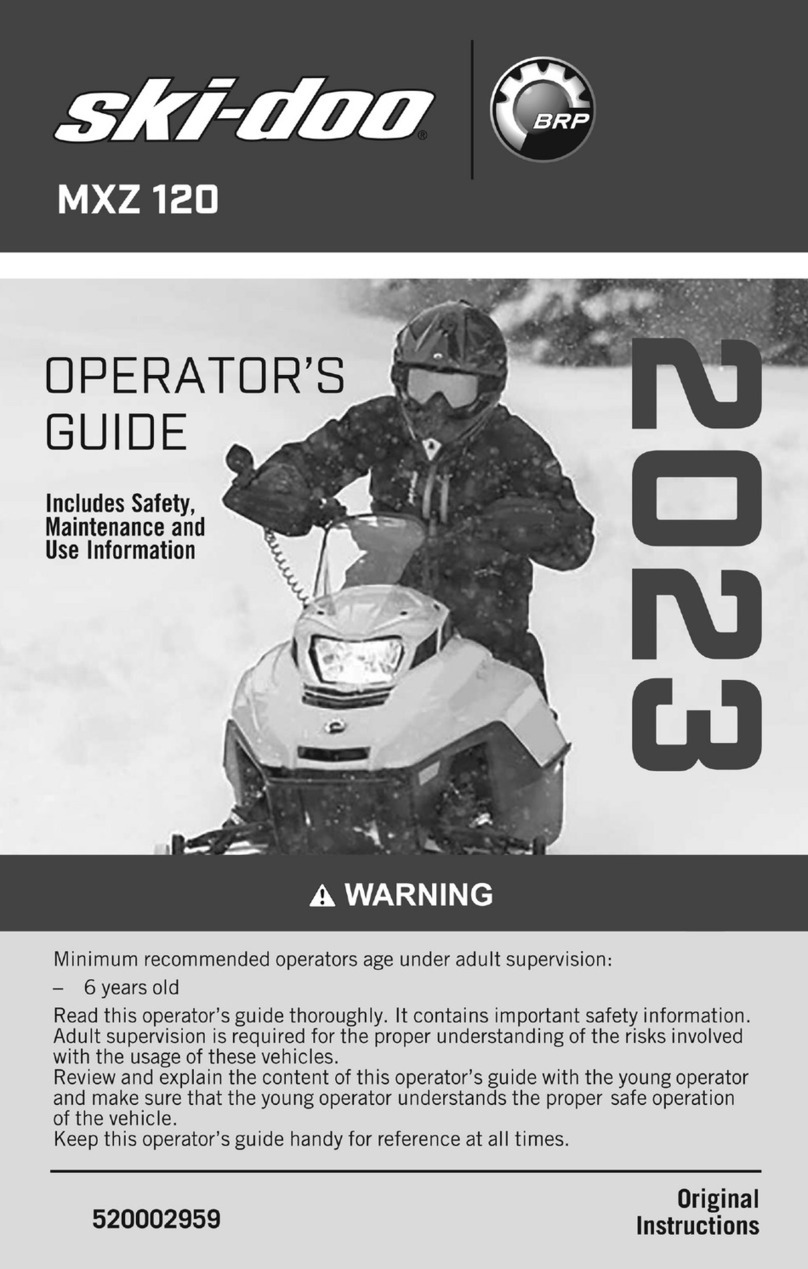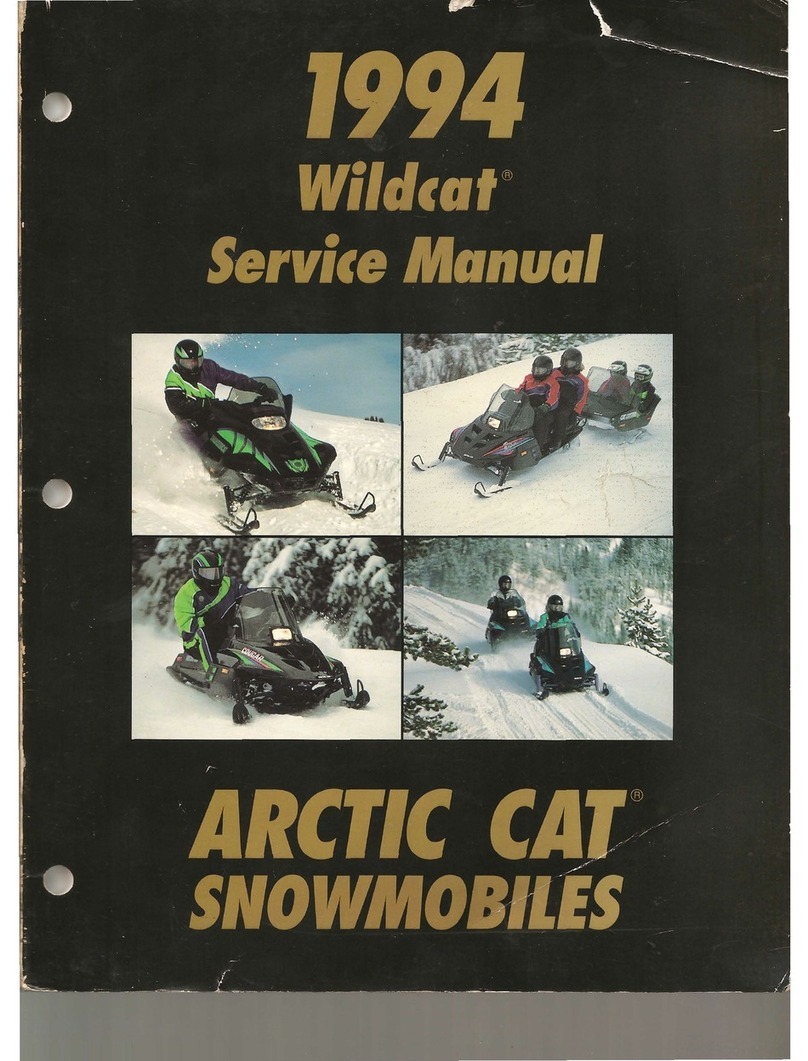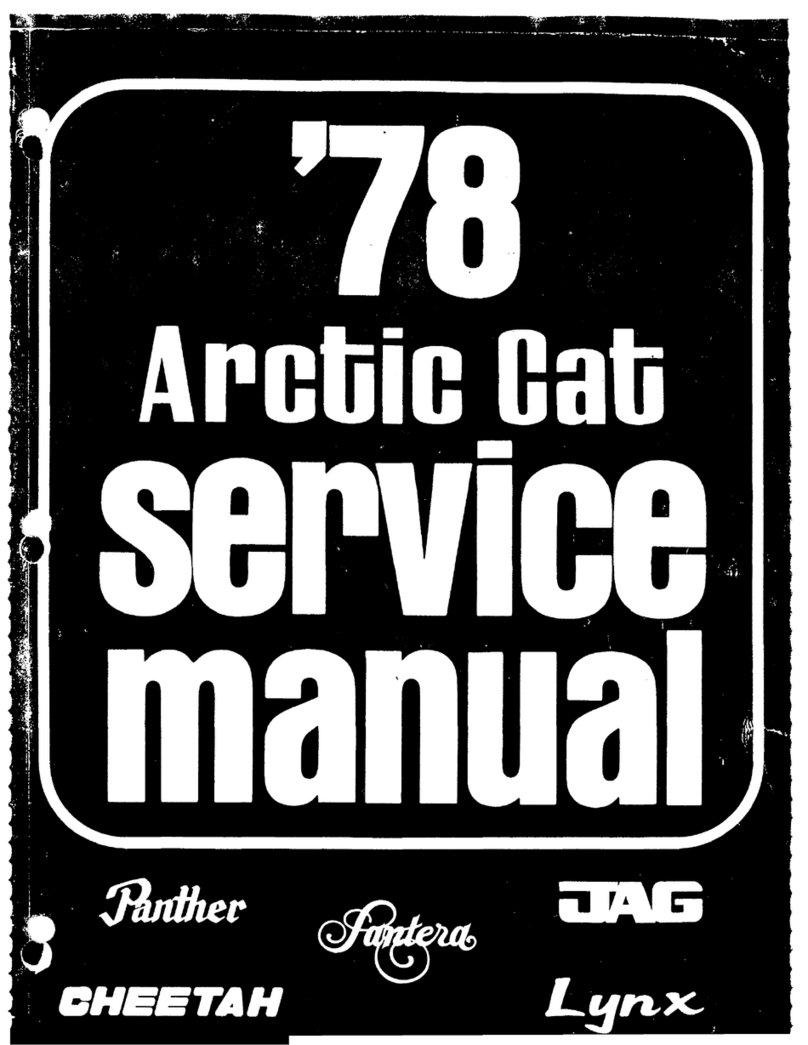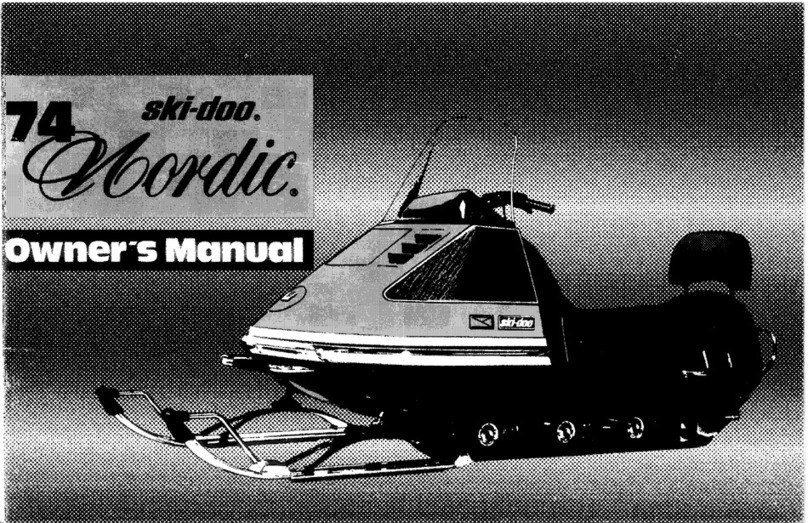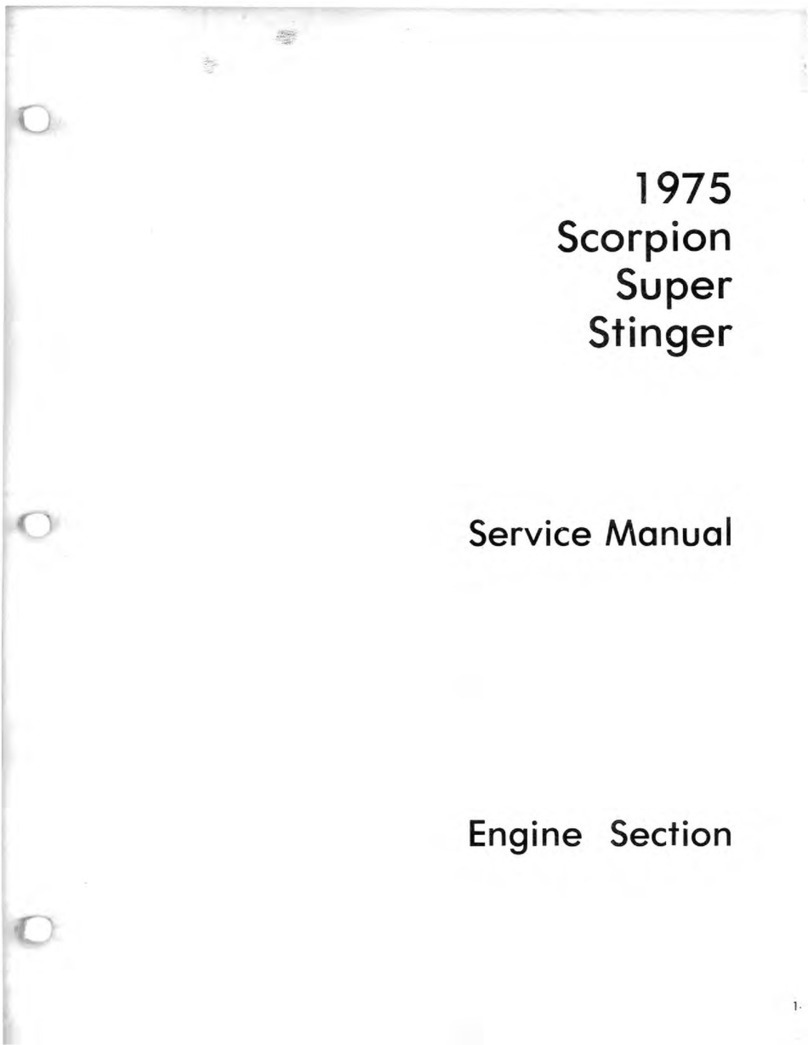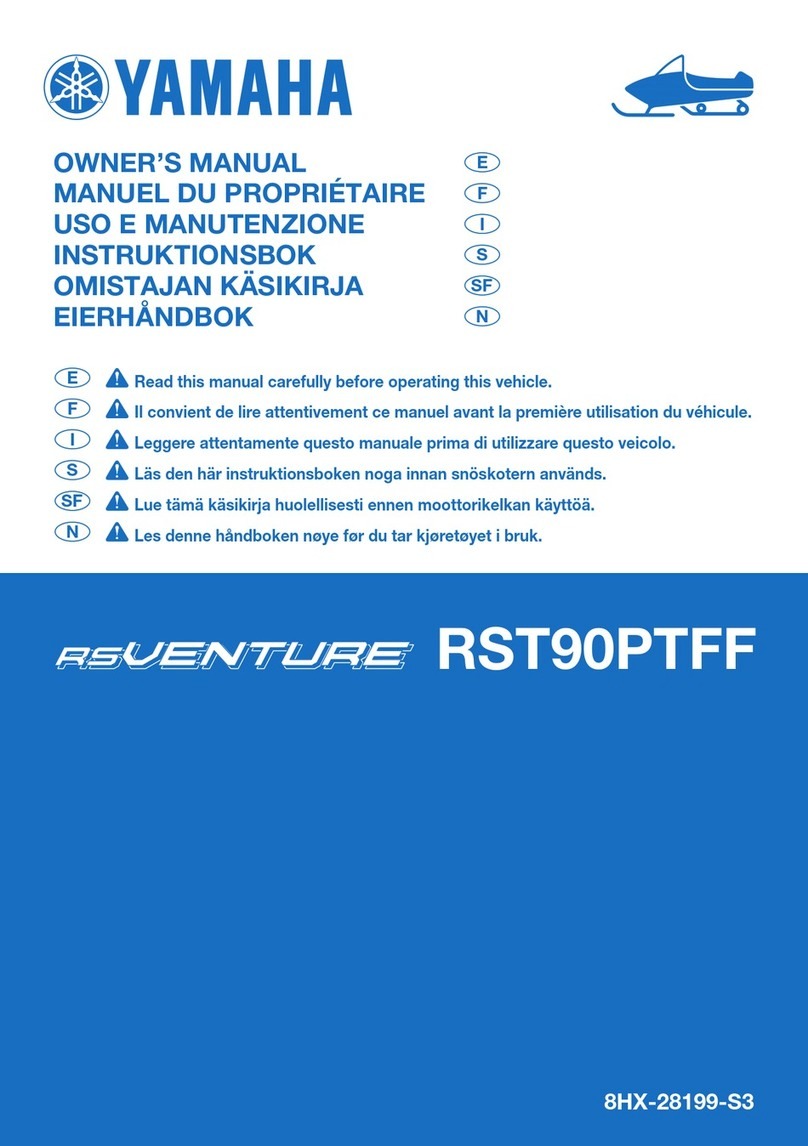FULL
SEASON
WARRANTY
VIKING SNOWMOBILES, INC. warrants each new VIKING for a complete snowmobile season against
structural defects in materials and workmanship; providing the machine was
properly
maintained and used
under
normal conditions.
In the case
of
a purchase made within 60 days prior
to
the
end
of
a season, considered to
be
April
30th,
of
any
year,
the
warranty
will apply
from
date
of
purchase
until
January
1st
of
the following year.
The
Manufacturer's obligation under this
warranty
is limited
to
the
repair or
replacement
of
defective
parts
by
an
authorized
VIKING dealer, proven
to
be
defective in
either
material or workmanship.
This
warranty
is
not
valid
if
the
VIKING snowmobile has been subjected
to
misuse, improper
maintenance, negligence, accident, immersion
under
water, altered,
rented,
used
for
racing, repaired
by
unauthorized
persons or with parts
not
designed for VIKINGS, or used on surface
other
than
snow or ice.
Further,
this
warranty
docs
not
apply
to
VANQUISHER models
of
VIKING snowmobiles as
they
are
specifically
intended
for racing purposes.
This
warranty
does
not
apply
to
engine, carburetor,
torque
converters or drive tracks.
They
arc subject
to
warranty
of
their
own
manufacturer. Drive belts, windshields, ski skags
and
brake and
throttle
cables
are
not
covered by warranty.
This
warranty
is expressly in lieu
of
all
other
warranties, expressed or implied including all
other
obligations and liabilities
on
the
part
of
VIKING SNOWMOBILES, INC. And VIKING SNOWMOBILES,
INC.
neither
assumes
nor
authorizes
any
other
person
to
assume for
it
any
responsibility in
connection
with
VIKING machines.
VIKING
SNOWMOBILES,
INCORPORATED
TWIN VALLEY, MINNESOTA
56584

